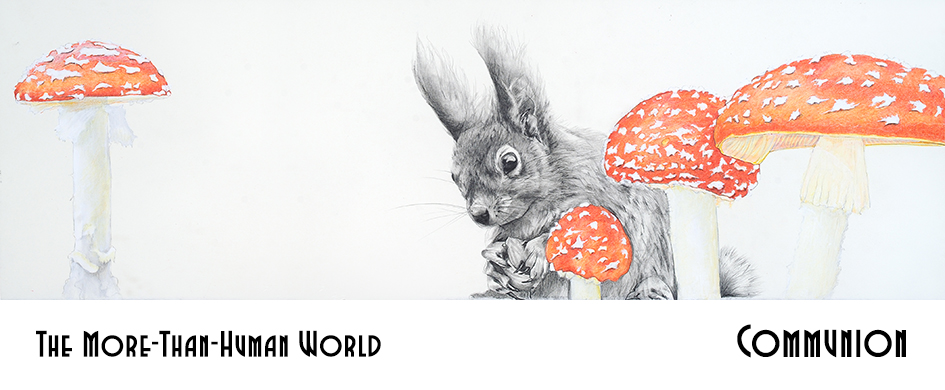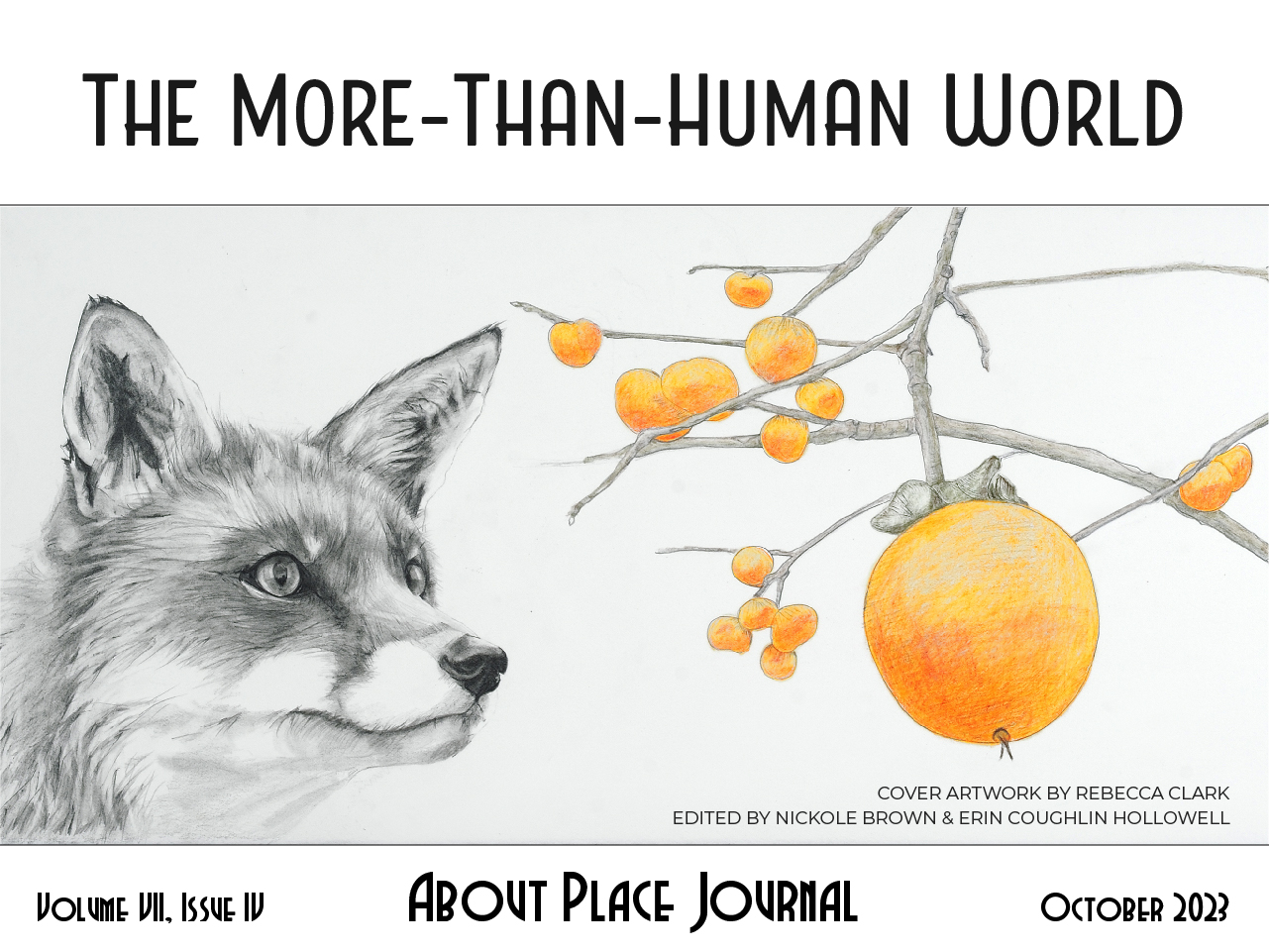Pitcher plants grow one tall and elegant leaf that curls itself into a tunnel with a lip that stands just barely agape. It is a long hallway of a plant with a door that does not quite close – voices murmuring forth whisper an entire lifetime of half-heard and misunderstood secrets.
A carnivorous plant, the pitcher lures flies into that gorgeous throat with a scent of rotting nectar. Then a bat comes and slips its delicate tongue, perfectly evolved to lick down into the ichorous belly to feast on the half-digested soup of insect prey. It leaves behind nutrient rich guano in exchange and together the pitcher and the bat are nourished and satisfied.
Where I live now, much farther north than those long-tongued bats, pitcher plants fill whole bogs with the gardens of themselves. They are smaller than their tropical cousins and their symbiosis is only with a single species of fly, who lives as a larvae floating on the tiny pond of digestive juices until it is ready to helicopter out of this familiar womb into that strange sliver of blue at the edge of the known world. Once fully grown, the fly will return to pollinate and then lay eggs in the plant that was once its home.
Brian, who I love in part for how easily he knows what people mean and what they want to hear, says I should talk less about microscopic creatures. He says anyone can relate to bats, but no one cares about the larvae of a fly. I care, I say.
I didn’t throw myself into years of researching mutualisms and relationships because I understand others well. I did it because I don’t.
Many times I have watched bats flickering at the edge of a streetlight for the slow length of a falling dusk. It is not easier to imagine their world constructed out of clicks and echoes than it is the fly’s view through a thousand optic nerves and receptors, each pinprick stitched to the others in a sensation of one continuous whole world.
When the first pitcher plant of the season has lifted her face from the thick mud of the newly forming earth, I pull Brian down to see. As our knees grow damp on the moss, I lift up the lid of leaf to show him how the dew and rain mix with the plant’s own enzymes. He seems charmed, perhaps by the plant, more likely by my urgent and messianic lessons about such inconsequential things. But he’s trying to feel the bog as I do. And I’m trying to explain it in a way so he can meet me here.
Here. In the tiny pool at the heart of a leaf, whirling with dying and feeding, becomings you can hardly perceive and barely understand.


